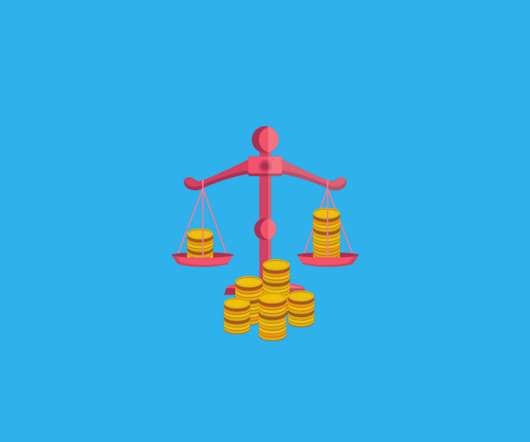20 Incredibly Easy Online Fundraising Ideas and Expert Tips
Bloomerang
JULY 20, 2023
Track key metrics To determine how successful your strategy is and see if you’re reaching your goals, you need to know which metrics to track. For example, if your primary goal of a crowdfunding campaign is to raise $10,000, then you’ll know that total revenue is one of the important metrics to keep track of throughout the campaign.













Let's personalize your content